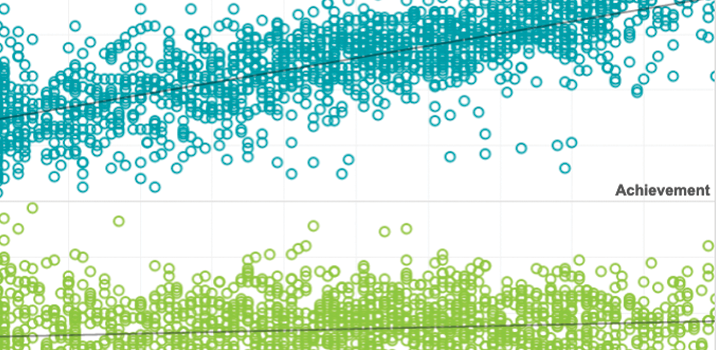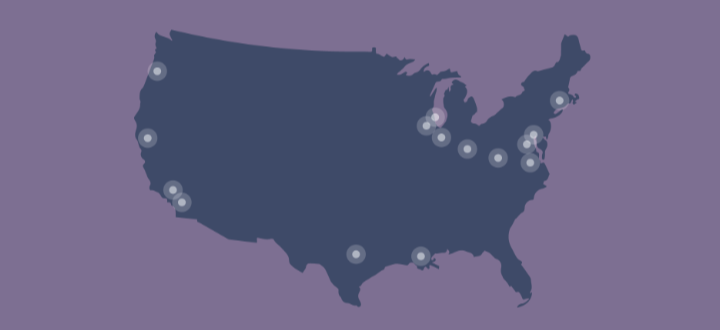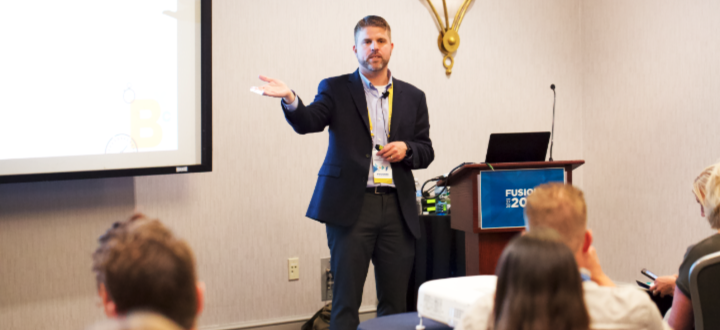Seasonal learning patterns & summer loss
Students don’t learn only during the school year, and academic growth trajectories can change as students move from kindergarten through high school. Academic growth patterns across time—both in school and during the summer—can differ for various groups of students, and those patterns can influence academic achievement gaps. Our research advances understanding of seasonal learning patterns, summer loss, and school and non-school contributions to student growth.
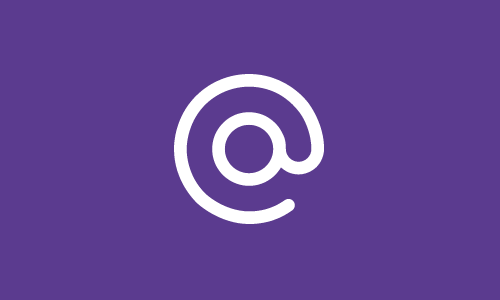

Study shows learning loss from school closures could be ‘significant’
In this interview, Dr. Beth Tarasawa and Chris Minnich (NWEA) and Dr. Jesus Jara (Superintendent, Clark County School District), discuss new research projections on potential learning loss from COVID-19 closures and the ongoing efforts to support students during this pandemic.
By: Beth Tarasawa, Megan Kuhfeld
Topics: COVID-19 & schools, Equity, Seasonal learning patterns & summer loss


How to close Boston’s achievement gap during the coronavirus pandemic
The “COVID slide” will be more profound for students who are unable to access or fully participate in a robust remote learning curriculum. Closing the achievement gap will require Boston city leaders to propose bold, innovative solutions for whenever students are able to return to school in person.
By: Megan Kuhfeld, Beth Tarasawa
Topics: COVID-19 & schools, Equity, Seasonal learning patterns & summer loss


California could begin new school year as early as July, Gov. Newsom says
The academic year could start in late July or early August to address learning losses brought on by coronavirus-forced school closures affecting about 6.1 million California students, Gov. Gavin Newsom said Tuesday.
By: Megan Kuhfeld, Beth Tarasawa
Topics: COVID-19 & schools, Equity, Seasonal learning patterns & summer loss
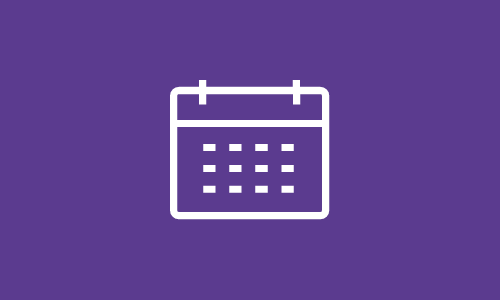

COVID-19 closures & learning loss
In this webinar, Dr. Beth Tarasawa, Sal Khan, Dr. Jesus Jara, and Kimberly Cockrell share implications of recent research that provides some insights on potential academic impacts of COVID-19, as well as insights for action to help educators, policymakers, and families address and plan for the impacts of this extended pause in classroom instruction.
By: Beth Tarasawa, Megan Kuhfeld
Topics: COVID-19 & schools, Equity, Seasonal learning patterns & summer loss


Former Sec. of Education on the pitfalls of remote learning
Over 1.5 billion children and youth remain out of school worldwide. Former U.S. Secretary of Education John King says that this will represent a lasting impact of the pandemic. He joins Hari Sreenivasan to talk about the challenges faced by some 50 million American students–and to share how a place of learning became a shelter when tragedy hit his home.
By: Megan Kuhfeld, Beth Tarasawa
Topics: COVID-19 & schools, Equity, Seasonal learning patterns & summer loss


50 million kids can’t attend school. What happens to them?
America’s schoolchildren will need help catching up.
By: Megan Kuhfeld, Beth Tarasawa
Topics: COVID-19 & schools, Equity, Seasonal learning patterns & summer loss


Academically speaking, the COVID Slide could be a lot worse than you think
Education leaders are already bracing for a worse “summer slide” this year for students whose schools were shut down to curb the spread of coronavirus. But new research suggests the “COVID slide” is going to be significantly worse. In one study out today, Beth Tarasawa and Megan Kuhfeld, reasearchers for NWEA, analyzed student achievement and growth data from more than 5 million students in grades 3-8 who participated in NWEA’s widely used MAP-Growth test in 2017-18 to project growth trajectories for the students under two scenarios for COVID school disruptions.
